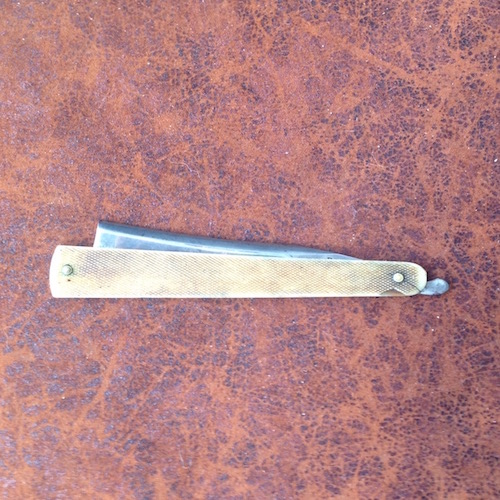Results 1 to 8 of 8
 10Likes
10Likes
Thread: "Temperd" steel razor inquiry
Threaded View
-
01-21-2017, 05:08 AM #1
 "Temperd" steel razor inquiry
"Temperd" steel razor inquiry
Been lurking and learning. Now I have joined and glad to be here. The knowledge in and around this community is impressive. My straight razor interest is three years old and I have taken a particular fancy to the older ones from mid 1800s and before. There is something about the history of these tools that I find fascinating.
I have a razor pictured here that I would appreciate some input on. I have my opinions about age and such but will keep them to myself so as to not influence others opinions should you care to offer yours. I have done a few quick searches on the spelling of the word Tempered. On this particular razor the spelling is "Temperd". I was hoping that someone with more knowledgeable than I could shed a bit of light on English history and this different spelling and therefore help date this razor more precisely. Of course, the scale shape and tail length are good clues to its general age but those two details alone offer only a broad stroke across many years. Anyway, enough has been said. Please take a look.
On a final note, do you think the scales are original? They look to be bone...maybe ivory, and I would to clean them up a bit but would need a bit of advice on how. Got any?

-
The Following User Says Thank You to Moonbow For This Useful Post:
Srdjan (01-22-2017)



 LinkBack URL
LinkBack URL About LinkBacks
About LinkBacks






 Reply With Quote
Reply With Quote